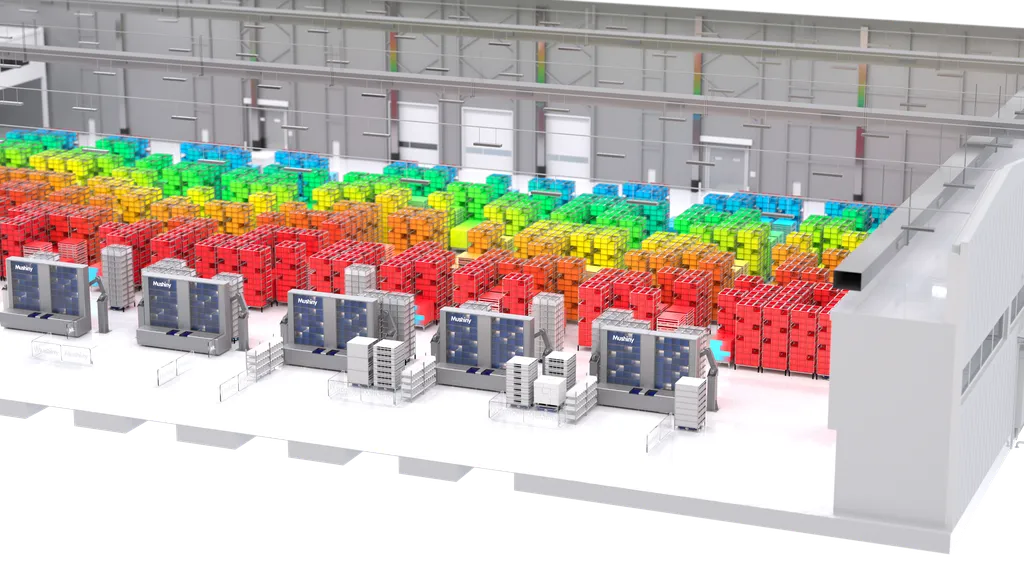In the bustling world of e-commerce and logistics, where speed and efficiency reign supreme, a quiet revolution is underway. Autonomous Mobile Robots (AMRs) are increasingly taking center stage in warehouses, transforming the way orders are fulfilled. A recent research review published in *Kongzhi Yu Xinxi Jishu* (translated to *Control and Automation*) sheds light on the critical role of order allocation in Robotic Mobile Fulfillment Systems (RMFS), offering insights that could reshape the future of warehouse operations.
Lead author Liu Zhaokai, whose affiliation is not specified, delves into the complexities of order allocation, a process that determines how tasks are distributed among AMRs. This process is far from straightforward, involving a delicate balance of variables, constraints, and optimization objectives. “Order allocation is the backbone of efficient warehouse operations,” Liu explains. “It’s about ensuring that the right tasks are assigned to the right robots at the right time, all while minimizing delays and maximizing productivity.”
The research review constructs a theoretical framework that highlights key variables such as robot capacity, order priority, and warehouse layout, along with constraints like robot battery life and path conflicts. Liu’s work categorizes various characteristics of order allocation, providing a comprehensive overview of the challenges and opportunities in this domain.
One of the most compelling aspects of the review is its exploration of different solution methods. From classical optimization methods to heuristic and meta-heuristic algorithms, rule-based strategies, simulation optimization algorithms, and even artificial intelligence and machine learning techniques, the paper offers a panoramic view of the tools and techniques available to optimize order allocation.
Liu’s research also identifies several factors that can significantly impact the efficiency of order allocation, including real-time performance, multi-objective conflicts, path conflicts in multi-robot collaboration, dynamic uncertainty, and human factors. These insights are crucial for understanding the practical implications of order allocation strategies and for developing more robust and adaptive systems.
Looking ahead, the paper suggests several promising directions for future research. Adaptive decision-making, multi-agent games, deep reinforcement learning combined with simulation platforms, and optimization for utilizing green energy are all areas with significant potential. “The future of warehouse automation lies in intelligent, adaptive systems that can learn and evolve,” Liu notes. “By leveraging advanced technologies like deep reinforcement learning, we can create systems that are not only efficient but also sustainable.”
The commercial impacts of this research are substantial. As e-commerce continues to grow, the demand for faster and more efficient order fulfillment will only increase. Companies that can harness the power of AMRs and intelligent scheduling will gain a competitive edge, reducing operational costs and improving customer satisfaction.
In conclusion, Liu Zhaokai’s research review offers a timely and insightful look at the challenges and opportunities in order allocation for Robotic Mobile Fulfillment Systems. By providing a comprehensive overview of the current state of the field and suggesting promising directions for future research, the paper paves the way for advancements that could transform the logistics and energy sectors. As the world of e-commerce continues to evolve, the insights from this research will be invaluable for companies looking to stay ahead of the curve.

